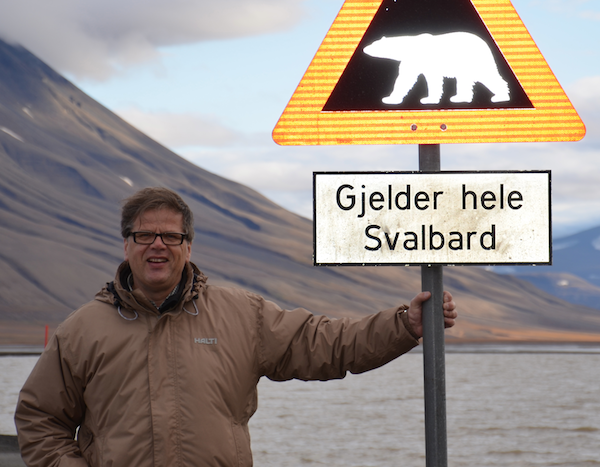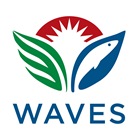Stig Johansson joined the World Bank in 2012 as a Forestry Specialist, and has recently been appointed program manager for the Wealth Accounting and Valuation of Ecosystem Services (WAVES) global partnership. His professional journey to the World Bank includes supporting forest owners in Finland, forestry and irrigation in Kenya, advancing conservation in the Usambara Mountains in Tanzania, promoting community forestry in Namibia and working for the government as Regional Director for Parks and Wildlife, Finland. He has lived outside Finland for almost 15 years but home for him is still his farmhouse in the outskirts of Helsinki. We caught up with Stig to discuss his vision for WAVES and where natural capital accounting (NCA) fits into the broader development goals.
 Coming from a rich career in forestry, what attracts you to Natural Capital Accounting?
Coming from a rich career in forestry, what attracts you to Natural Capital Accounting?
Over time, my perspective has changed and broadened. I started out working in forest management, gradually moving to landscapes, land use, and eventually conservation. Now my interest is in the integration of ecosystem values in economic planning and decision-making. While working with IUCN leading up to COP10, we pushed for natural capital and the links between ecosystems and economy to become a target for the Convention on Biological Diversity's (CBD) strategic plan. This was the time when the Stern Review (on the Economics of Climate Change) had taken climate change from an academic issue to becoming a topic for finance ministers. NCA provides the potential and much-needed structure for linking information from across many natural resource sectors to the macro-economic framework, and broadening our measure for progress, development and wealth.
What opportunities and challenges do you see for the WAVES program?
I think that WAVES can be a game-changer in helping (World Bank) client countries build a strong and consistent foundation of information for understanding both how natural resource assets contribute to the economy, and how to manage them sustainably. NCA is not a panacea, but the System for Environment-Economic Accounting (SEEA) provides an approved international standard for collecting and analyzing data and linking it to national accounts and the broader economy. There is growing need for such standardized approaches. For example, it has been estimated that about half of the SDG targets will require solid environmental statistics for comparable and consistent monitoring.
Because of poor data, low capacity and institutional barriers, the reality of implementing NCA is often complex and challenging.
"Investing in NCA means investing in a process that increasingly pays off in the long-term. For poor countries with competing demands it is a trade-off, so we need to be sure that the accounts that are developed are of direct significance to a country’s economy," said Johansson.
If you were to write a memoir, can you share some instances from your career that would be featured?
I’ve had the privilege to work in many countries and with many driven individuals, but also to enjoy their music, culture, and food. Establishing the Amani Nature Reserve in Tanzania gave me tremendous joy and satisfaction, given the complexity of managing a biodiversity hotspot with real trade-offs in terms of tourism, agriculture, and ecosystem services.

I also enjoyed the satisfaction of working with the Nordic countries and the European Union in 2010 to include NCA, eventually as Aichi Target 2 (see photo), in the CBD’s strategic plan – the global roadmap for protecting biodiversity worldwide. And it was great to experience the fulfillment of more than 10 years of work to fund and build the Finnish Nature Center, inaugurated by the President in 2013.
What motivates you at work?
I am inspired by the close connections between nature, forests and people. For instance, in the 80's we worked with local people to build on indigenous knowledge of plants and shrubs for forest management in Eastern Kenya. And in the 1990s, I was involved in designing Tanzania’s new forest policy with a strong component on community management of forests. My wife is a sociologist, so she has always challenged me to see and think from different perspectives.
I have often tried to explore cross-overs between natural resources and other areas, such as art and culture. In Tanzania we collaborated with Tinga-Tinga artists to produce works on forest conservation, and in Finland I was in charge of building the Finnish Nature Center combining architecture and wood building with art and new ways of developing exhibitions which serves both tourism and new audiences. Trying to reach out to new audiences is key, otherwise we just preach to the converted.
What is your favorite holiday destination?
I like to spend time in natural environments, especially at my home in Finland, in the farmhouse where I’ve lived since the 70s. I love the sea and I am privileged to have a summer house on an island. So in the summers I enjoy spending as much time as possible by the seaside in the Finnish archipelago.
